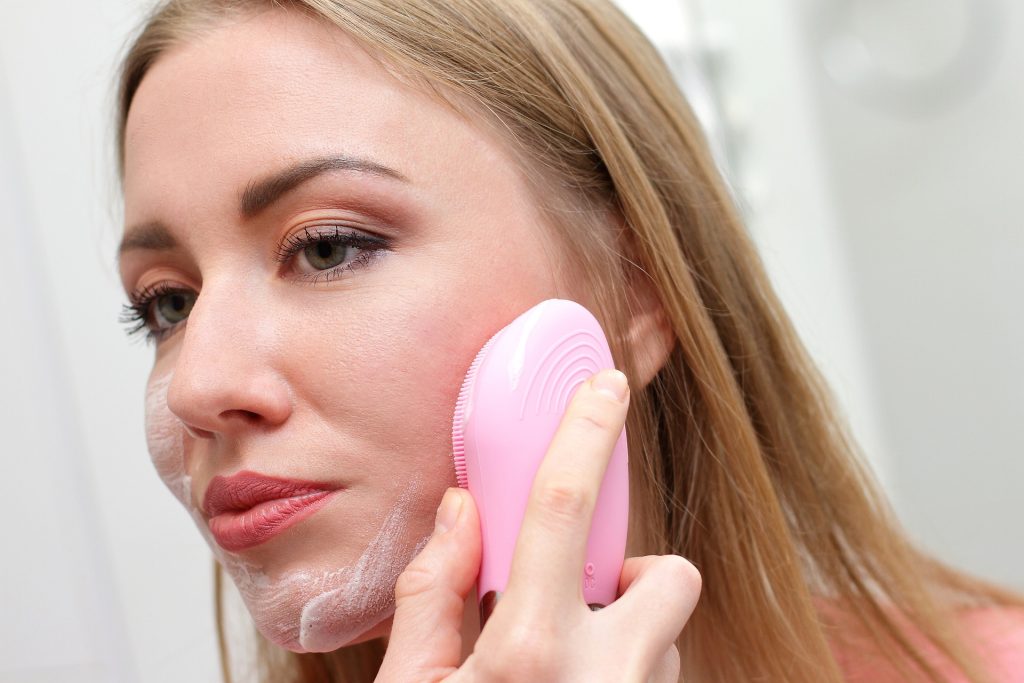People with diabetes are at a higher risk of developing skin problems due to the high blood sugar levels associated with the condition. However, there are steps that people with diabetes can take to care for their skin and prevent or manage skin problems. Here are some tips for diabetes skin care:
- Keep the skin clean and dry Keeping the skin clean and dry is an important part of diabetes skin care. This can help prevent infections and other skin problems. It is important to bathe or shower regularly, using mild soap and warm water. After bathing or showering, it is important to dry the skin thoroughly, especially in areas where the skin folds or where there is excess moisture, such as between the toes.
- Moisturize regularly Moisturizing regularly can help prevent dry skin, which is a common problem for people with diabetes. Dry skin can lead to itching, cracking, and other skin problems. It is important to use a moisturizer that is specifically designed for people with diabetes, as these products are less likely to contain ingredients that can irritate the skin.
- Wear comfortable clothing Wearing comfortable clothing can help prevent skin irritation and other skin problems. It is important to choose clothing that fits well and is made from breathable fabrics, such as cotton. Avoid clothing that is tight or that rubs against the skin, as this can lead to skin irritation.
- Protect the skin from the sun People with diabetes are at a higher risk of developing skin problems due to sun exposure. It is important to protect the skin from the sun by wearing protective clothing, such as long-sleeved shirts and hats, and by using a broad-spectrum sunscreen with an SPF of at least 30.
- Check the skin regularly Checking the skin regularly can help identify skin problems early, when they are easier to treat. It is important to check the skin for any changes in color, texture, or appearance. It is also important to check for any cuts, sores, or other signs of infection.
- Manage blood sugar levels Managing blood sugar levels is an important part of diabetes skin care. High blood sugar levels can lead to skin problems, such as dry skin, itching, and infections. It is important to work with a healthcare provider to develop a diabetes management plan that includes regular blood sugar monitoring, medication management, and lifestyle changes, such as diet and exercise.
- Avoid smoking and alcohol Smoking and alcohol can have a negative impact on skin health, and they can increase the risk of developing skin problems. It is important to avoid smoking and to limit alcohol consumption to reduce the risk of skin problems.
- Seek medical attention for skin problems If you develop a skin problem, it is important to seek medical attention promptly. Skin problems can be a sign of an underlying health condition, such as diabetes, and they can also lead to more serious health problems if left untreated.
In addition to these tips, there are also some specific skin care tips for people with diabetes who are at a higher risk of developing certain skin problems:
- Foot care People with diabetes are at a higher risk of developing foot problems, such as dry skin, calluses, and infections. It is important to take special care of the feet by washing them daily, drying them thoroughly, and applying a moisturizer to keep the skin soft and supple. It is also important to wear comfortable shoes that fit well and to check the feet regularly for any cuts, sores, or signs of infection.
- Nail care People with diabetes are at a higher risk of developing nail problems, such as fungal infections and ingrown toenails. It is important to keep the nails clean and trimmed, and to avoid cutting them too short or rounding the edges, which can lead to ingrown toenails.
